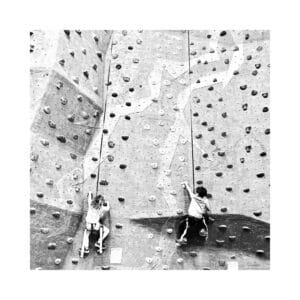When the pandemic started, I found myself homeschooling three kiddos under 8.
Like many parents, I realized that I was not fully prepared for this new normal.
I found myself feeling angry more frequently and expressing it in undesired ways.
“How can I step up my role-modeling?”, I wondered.
I knew there was a way to leverage anger for growth and connection.
In her book Emotional Agility, Harvard Psychologist Dr. Susan David writes:
“Anger can be a sign that something that matters to you is being threatened.”
Susan David Tweet
This guided me to come up with an anger plan – a plan that would help me identify what’s important for me and others.

Using a soft voice helps me counter the momentum of anger and signal to everyone, “we are all safe”.
Expressing what matters most reassures us that we are considered and seen.
“It’s important for me to leave on time because I have a meeting and I want to honor my colleagues’ time. It seems like it’s important for you to continue playing right now. Is that right?”
Practicing this strategy daily helped us to better understand one another in daily situations and taught us that anger CAN help us develop the trust and confidence that together we can make things better.
Becomers weekly challenge
- Reflect – how can you come up with an anger plan that would feel supportive for you?
Practice – this week, when you notice signs of anger, practice saying “it’s important for me” in the softest voice possible. And then ask/guess what’s important for the other side.
IMPORTANT: the goal here is not to problem-solve or avoid anger. Anger is a healthy emotion with an important purpose. The goal is to create some space between the stimulus and response by learning strategies to regulate and express anger in ways we want to model.
“Between stimulus and response there is a space. In that space is our power to choose our response. In our response lies our growth and our freedom.”
Viktor Frankl Tweet
Onward,
Liz
P.S. Sign up for the Becomers community newsletter, delivered each Thursday, for actionable guidance on your becoming journey.
P.S.S. Becoming Lab is now on Instagram. Follow @becoming.lab


